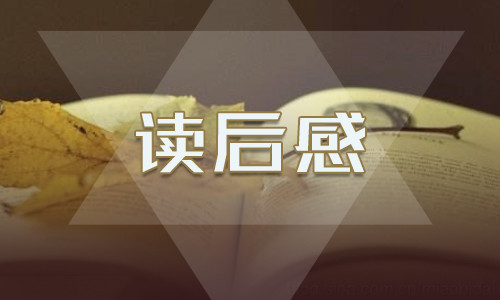Preface to the special issue on nanomaterials
【期刊名称】自然科学进展(英文版) 【年(卷),期】2016(026)005 【总页数】1
Nanoparticles constitute the central player in nanoscience and nanotechnology. In the past decade, significant progress has been achieved in the synthesis and exploration of the nanoscale unique properties of various types of nanoparticles. This Special Issue is to provide a glimpse into the recent advances in metal, semiconductor and magnetic nanomaterials research [1–13]★.
Noble metal nanoparticles are unique in their surface plasmon resonance properties.In this Special Issue,Luo et al.[3]reported an approach for the assembly of 130 nm and 40 nm Au NPs into flower-like architecturesand
studied
the
plasmon-coupling properties.In
contrast to relatively large sized metal nanoparticles, ultrasmall metal nanoparticles(smaller plasmonic;rather,such
than
~
2
nm)are exhibit
no
longer
nanoparticles non-metallic
properties(e.g.quantized electronic energy levels as opposed to quasicontinuous electronic bands in plasmonic nanoparticles). Recent progress in ultrasmall metal nanoparticles(often called nanoclusters)has created atomically precise ultrasmall metal nanoparticles,and their well-defined atomic structures provide a basis for in-depth understanding of
the electronic structure, electron-quantization and chirality properties,as well as exploration in catalysis and other applications[2,4-9,13].
The optical and chiro-optical properties of metal nanoclusters and nanoparticles
are
of
particular
interest.Antoine
and
coworkers[4]reported the synthesis of gold-cysteine polymeric, nonplasmonic nanoparticles and observed new circular dichroism (CD)signals in the region of 250–400 nm as well as two photon emission.Yao[2]reviewed the chiral properties of metal nanoclusters and several origins of chirality were discussed.Doping nanoclusters is an effective way of tailoring the properties of nanoclusters.Femoni and coworkers[5]report an improved route for the synthesis of heteroatom-doped icosahedral rhodium carbonyl cluster[Sb@Rh12(CO)27]3-and further studied the cluster reactivity.Fortunelli and Stener[6]investigated theoretically how the optical absorption of Au133(SCH3)52nanoclusters changes with replacing the gold atoms with silver.On the catalysis aspects,Li and workers[7]reported the catalytic effects of foreign atom(Cu, Ag,and Pt)doped 25-metal-atom nanoclusters in the carboncarbon
coupling
reaction
between
p-iodoanisole
and
phenylacetylene.Jin and coworkers[8]reported the mechanistic insights into the reduction of 4-nitrophenol by using atomically precise, structurally Mpourmpakis
characterized and
nanoclusters
as
model density
catalysts. functional
coworkers[9]performed
theory(DFT)calculations on CO2adsorption on the surface of 55-atom Cu and Ni as well as bimetallic CuNi nanoclusters.The vibrational properties of Au18(SR)14nanocluster with different ligands were also investigated theoretically by Tlahuice-Flores[13].
This Special Issue also illustrate the progress in semiconductor and metal oxide nanoparticle research[1,10-12].Such nanomaterials are particularly
important
for
catalysis,biomedicine,light and
supercapacitors)and
emitting other
diodes,energy(e.g.batteries
applications.In this Special Issue,Samai and coworkers[1] reviewed the heating performance and application of iron oxide nanoparticles as a theranostic agent with a focus on how the structural changes and inter-particle
interactions
affect
the
heating
efficiency
of
such
nanoparticles,and a new theranostic modality based on magnetic imaging guided–hyperthermia was discussed in the review article.Two-dimensional TiO2nanosheets were reported by Edy et al.[10]for photocatalytic degradation of dyes.Qi et al.[11]demonstrated how the tailoring of CoFe2O4nanoparticles can boost the anode performance in Li-ion batteries. The light emitting diode performance of CdSe@ZnS QDs sandwiched between inorganic oxide thin films was reported by Li et al.[12].
Rongchao Jin Department of Chemistry, Carnegie Mellon University, Pittsburgh, PA 15213, USA





